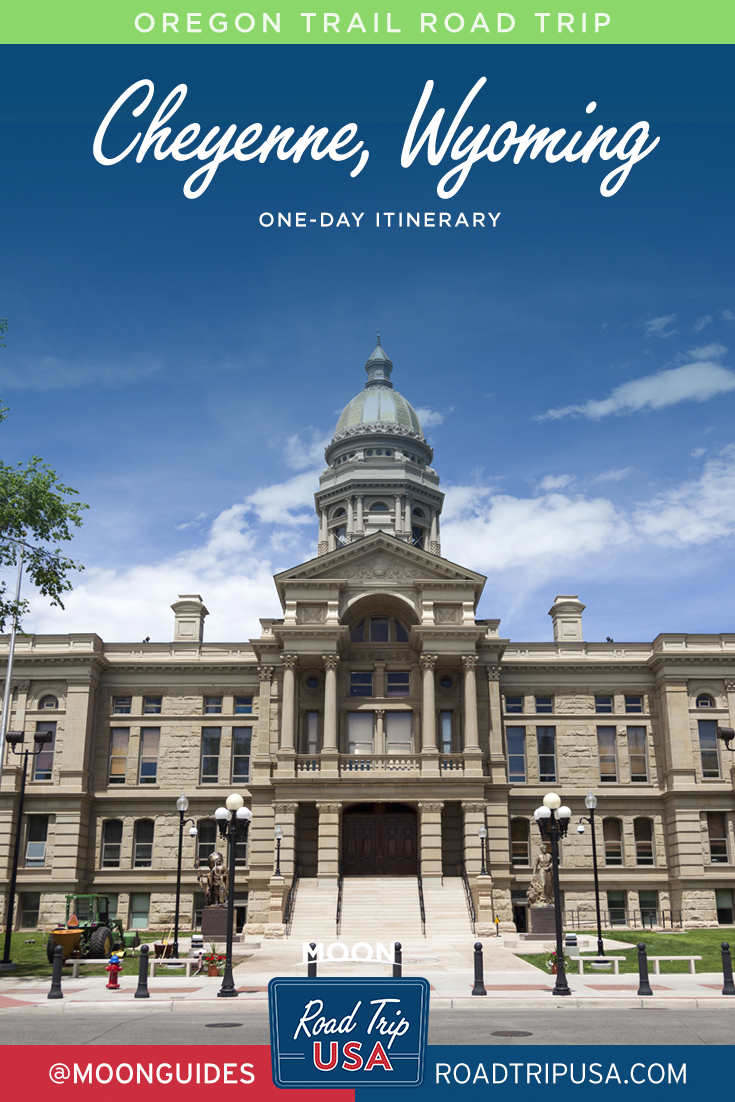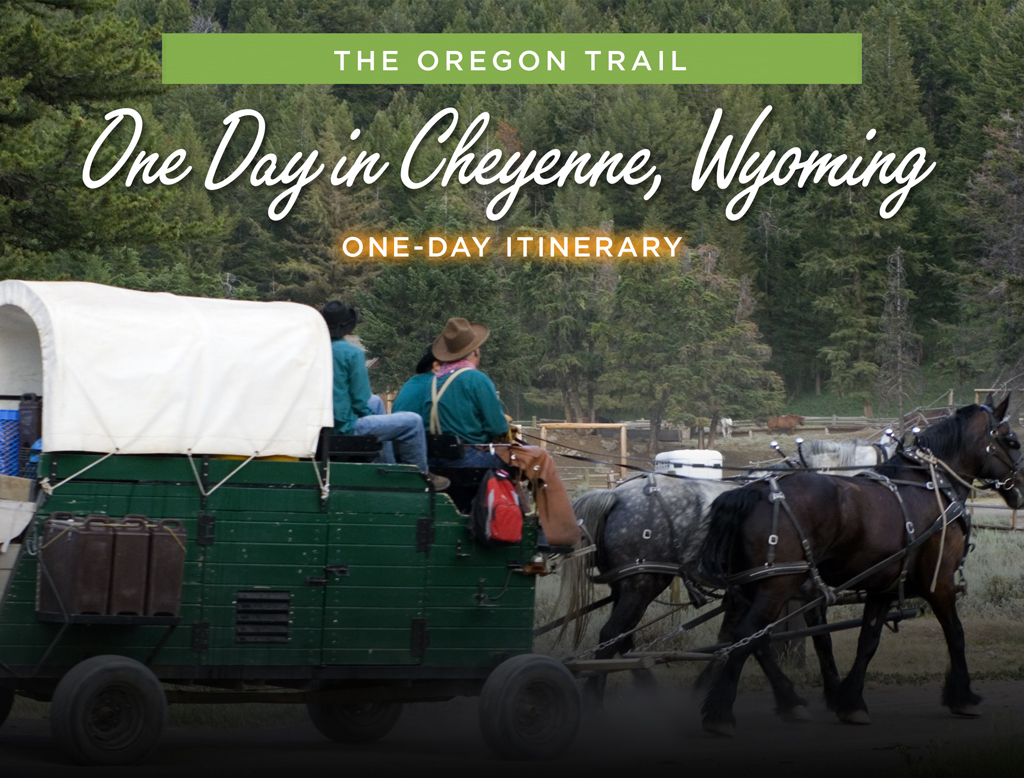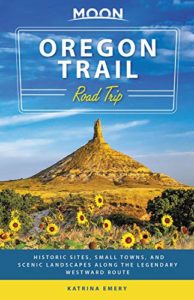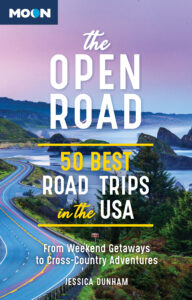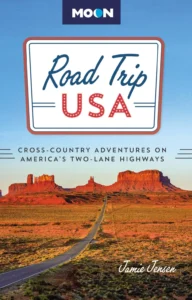One Day in Cheyenne, Wyoming
By Moon Oregon Trail Road Trip author Katrina Emery
Cheyenne was established when the railroad arrived in Wyoming. In 1867 it was where the tracks of the Union Pacific Railroad stopped before connecting with the Central Pacific in 1869 at Promontory Point, Utah, thus creating the first transcontinental railroad. Cheyenne boomed during this time and established itself as a lasting city.
Since most other end-of-the-tracks towns died away, Cheyenne became known as the “Magic City of the Plains.” It attracted a growing population with the wild character of the West, but also businesses, industry, the U.S. Army, and other stabilizing forces. In 1869 it was named the territory’s temporary capital, a title that became permanent when Wyoming became a state in 1890.
Today, Wyoming’s biggest city still feels more like a town, with charming Western storefronts, a few dilapidated buildings, and lots of heart. Visitors will find plenty of fun as they encounter trains, cowboys and cowgirls, bison, and some of the country’s best steaks. If you’re visiting at the end of July, hopefully you booked your hotel ahead of time and grabbed your Stetson—the town’s biggest party is Frontier Days, a giant rodeo, country music concert, and cultural event.
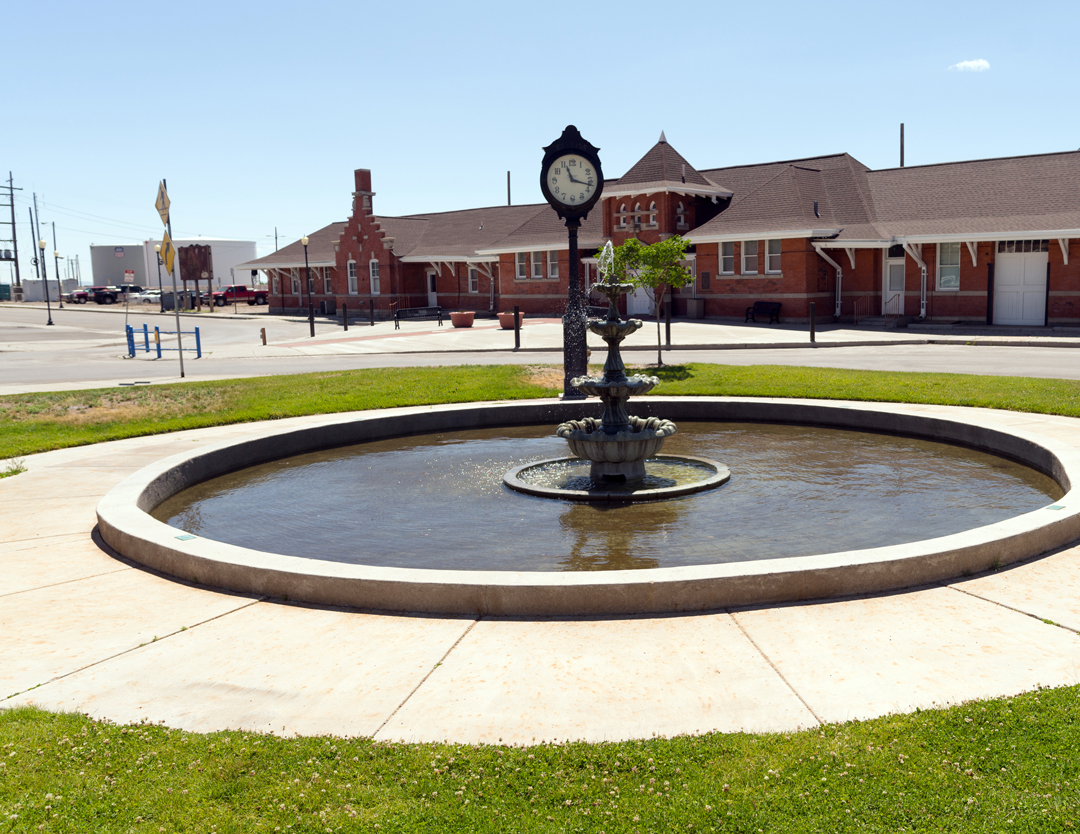
Driving through Cheyenne? Here’s the best way to spend a day:
Morning
Start the morning with a big plate of steak, eggs, or french toast at Luxury Diner. Half of this classic hole-in-the-wall is an actual trolley car that clanged down the streets of Cheyenne from 1894 to 1912.
Then dive into Cheyenne’s railroad past at the Cheyenne Depot Museum, located in the former Union Pacific Depot. Exhibits recall how folks used to travel west before the arrival of the railroad. Head upstairs to see a model train that chugs along through the landscapes of the West or stand on the indoor platform to view a real Union Central or Northern line train plying its route.
Next, celebrate the contribution of the Equality State’s frontier women at the Cowgirls of the West Museum. Examine the small but informative selection of antique homesteading equipment, saddles, rodeo memorabilia, and more, all focused on the women of the Old West, from Sacagawea to rodeo queens.
Afternoon
Get a burger, bottomless fries, and a milkshake for lunch at 2 Doors Down. Then head south of town to the Terry Bison Ranch for an afternoon of Wild West adventure. Terry Bison, which was owned by the state’s first governor and visited by President Theodore Roosevelt, is currently a working bison ranch and a great place to see the giant beasts roaming the land. Take a train ride to see the bison herd and feed them by hand. You can also go horseback riding or hop on an ATV tour.
Evening
Stick around the Terry Bison Ranch for a steak dinner at the Senator’s Steakhouse, or head back into town for a nice night out at Poor Richard’s Restaurant, a romantic restaurant that balances old-school sophistication with casual ambiance. Poor Richard’s has won awards for serving the best bison steak in Wyoming.
End the night with drinks at Accomplice Beer Company near Depot Plaza. A wall of 14 self-serve taps and charge-by-the-ounce concept allows patrons to create their own flights. Accomplice has 10 of its own beers, three seasonal taps, and four guest taps. Sit outside for a great view of the plaza.
About the Author
Having grown up in the Rockies avoiding dysentery in the ubiquitous computer game, the Oregon Trail has always captured Katrina Emery’s imagination. Not only does she currently live at the end of the eponymous trail in the Promised Land of Oregon, she also spent a few years living in Nebraska, where the rolling fields gave prairie schooners their names.
Now living in Oregon for the past 9 years, she’s ferried the Columbia River, spied the Pacific Ocean, and enjoyed the fruits of the historic farms that pioneers planted here. She knows where to find original wagon ruts that still exist on dusty roads and etched into stone, and loves digging deeper into history to find even more fascinating tales.
A history buff and lover of stories with a sense of place, Katrina is also a food enthusiast and passionate writer. She’s covered food, farms, travel, and family fun for publications like 1859: Oregon’s Magazine, Edible Portland, Montavilla Farmers Market, Matador Travel, and Stay Wild. She is also a regular contributor to the national website Red Tricycle for Portland.
Recommended Travel Guides
Pin it for Later
